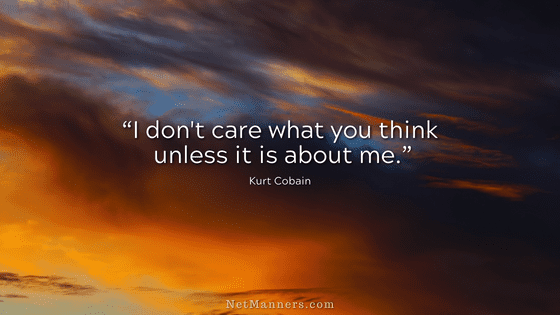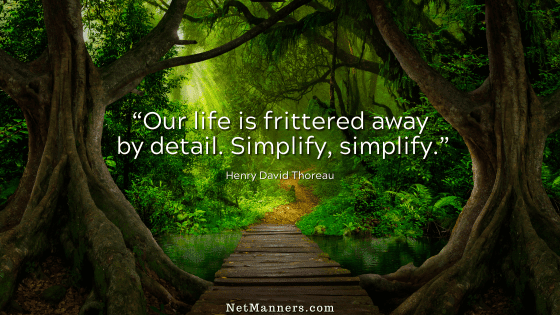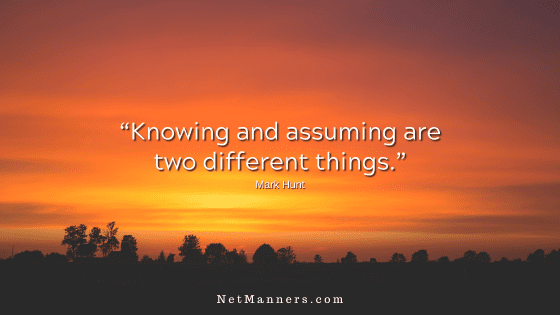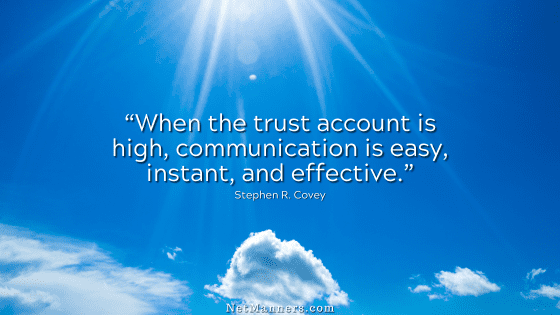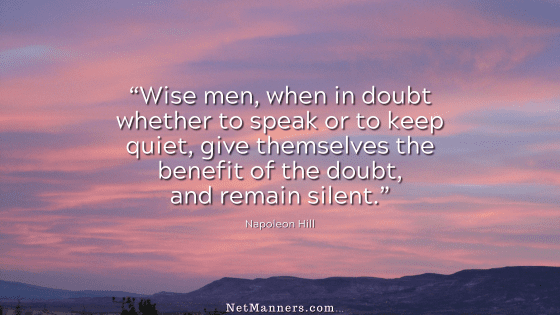Why was Netiquette (Email Etiquette) invented?
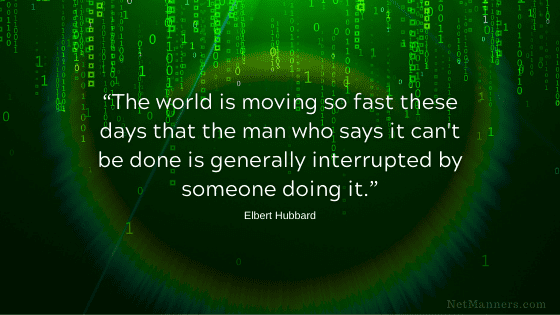
Recently, a site visitor emailed asking why I felt the “need” to invent Netiquette (giving me too much credit). Who was I to tell anyone what to do?
I’m not “telling anyone what to do.” Instead, I am relaying suggestions on using technology properly while integrating a bit of courtesy along the way. I fail to see what is wrong with that.
Long-time readers know I get these emails every so often, from those who find no need for “using technology with knowledge, understanding, and courtesy.” (That’s my tagline, which I’ve used for decades.)
But that’s the world we live in. Who among you hasn’t seen someone on social media or in a group pipe in with commentary that you know they would not say if face-to-face? So, sadly, it’s pretty standard and accepted at this point.
Intel Did it — in 1995
While I would love to take credit for such a wise idea, I am only one of many. Over the decades, many have added to, morphed, and updated the original concept of Netiquette.
Intel was the first to recognize the need for guidelines for this new technology in 1995, when I opened my consulting business. And the rest is history.
Netiquette and email etiquette have been topics for which many have carried the torch. Our forerunners recognized that technology was becoming an essential part of our lives, so they realized how a set of guidelines just made sense. Get everyone on the same page, so to speak.
Network Etiquette = Netiquette
In October 1995, an Intel employee took the initiative to put together an RFC document. RFC stands for Request For Comment. It is, more or less, a living document that others can contribute to and help create. The RFC on Netiquette, RFC1855, is still online for your review.
It begins with…
After paging down, you’ll see 28 available resources that contributed to this document at the time. So, in essence, the online community invented Netiquette at that time. So no one is trying to tell you what to do, but rather suggest how we can all make technology better by having some ground rules.
Guidelines are Malleable
Netiquette, just as with any guideline, is a guide. So no, you won’t land in the pokey if you don’t embrace Netiquette and Email Etiquette principles. But if you do, you’ll have a more productive and enjoyable experience online. How you use technology can strengthen personal and professional relationships as well.
Basically, if you minimize these issues, your success and how you are perceived may suffer. Any efforts to integrate Netiquette into your daily email activities will make a statement about what you think is important.
So, don’t ask why anyone invented netiquette or why it is essential. Instead, the better question is, are you willing to embrace technology to leave the best impression possible?


